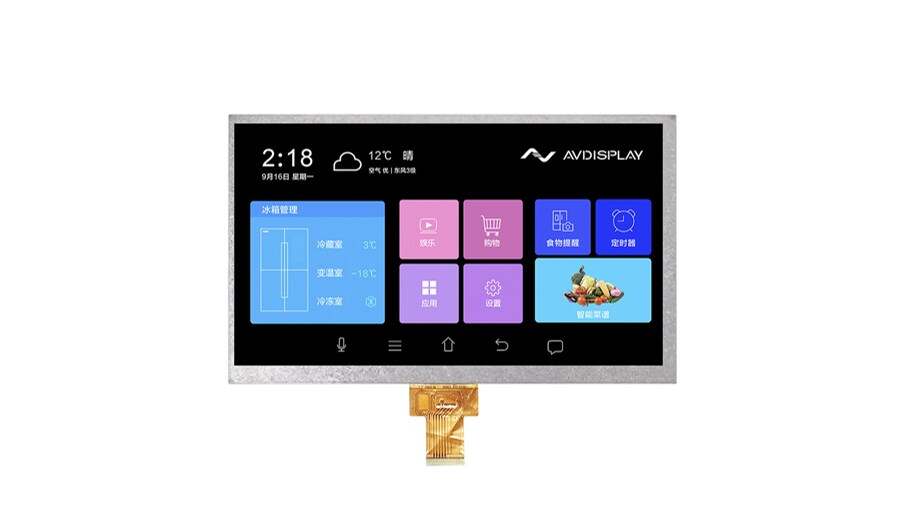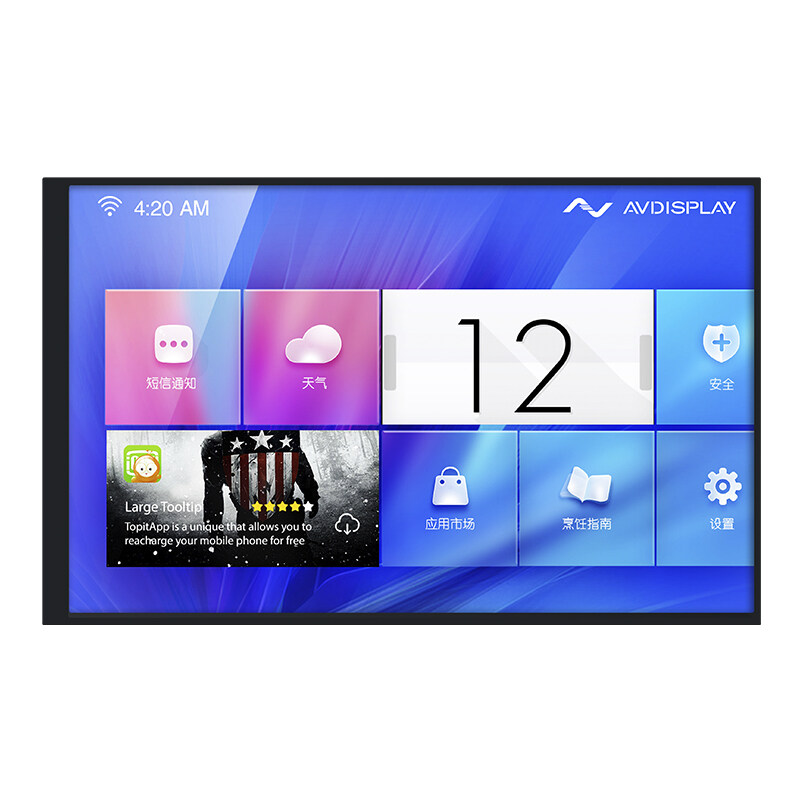Email format error
Email cannot be empty
Email already exists
6-20 characters(letters plus numbers only)
The password is inconsistent
Email format error
Email cannot be empty
Email does not exist
6-20 characters(letters plus numbers only)
The password is inconsistent


The digital age has brought with it a plethora of display technologies, each with its own set of advantages and disadvantages. Among these, TFT displays stand out as a popular choice for a wide range of applications, from smartphones and tablets to computer monitors and televisions. But how do they compare to other display technologies like OLED or LCD? Let's delve into the details to understand where TFT displays excel and where they fall short.
One of the main advantages of TFT displays is their ability to achieve high resolutions, providing sharp and detailed images. This is due to the active matrix addressing scheme where each pixel is controlled by a corresponding thin-film transistor (TFT), allowing for precise control over each pixel.
TFT displays are known for their low power consumption, making them ideal for use in portable devices. This is particularly important for battery-powered devices where power efficiency is crucial.
The thin and light form factor of TFT displays makes them easy to integrate into slim and lightweight devices, which is a significant consideration in the design of modern portable electronics.
TFT displays are produced in large quantities, which keeps their costs down. This makes them an attractive option for manufacturers of consumer electronics devices. Their widespread availability also means they can be easily sourced for a variety of applications.

One of the main disadvantages of TFT displays is their limited viewing angles compared to some other display technologies. The image quality can degrade when viewed from an angle, which can be a problem in certain applications.
TFT screens are also known to be susceptible to image retention, where a static image displayed for an extended period can leave a ghost image on the screen. This is particularly noticeable in displays with high resolutions.
When compared to OLED displays, TFT displays may not offer the same level of contrast ratio and color gamut. OLED displays, with their emissive nature, can achieve infinite contrast ratios and a wider color gamut, resulting in more vibrant and lifelike images. However, OLEDs also have their own set of challenges, such as higher production costs and concerns over longevity.
On the other hand, LCD displays often have more natural-looking colors but can suffer from color and contrast shifts when viewed from an angle. They also tend to have larger form factors due to the need for backlighting.
Despite the advancements in display technologies, TFT displays continue to hold their ground due to their cost-effectiveness and continuous improvements in performance. Innovations in areas like quantum dots and flexible displays are also opening up new possibilities for TFT displays, suggesting that they will remain a significant player in the display market.
In conclusion, while TFT displays may not be the perfect solution for every application, their combination of high resolution, low power consumption, and cost-effectiveness makes them a compelling choice for a wide range of devices. As technology continues to evolve, it will be interesting to see how TFT displays adapt and continue to meet the demands of an ever-changing digital landscape.